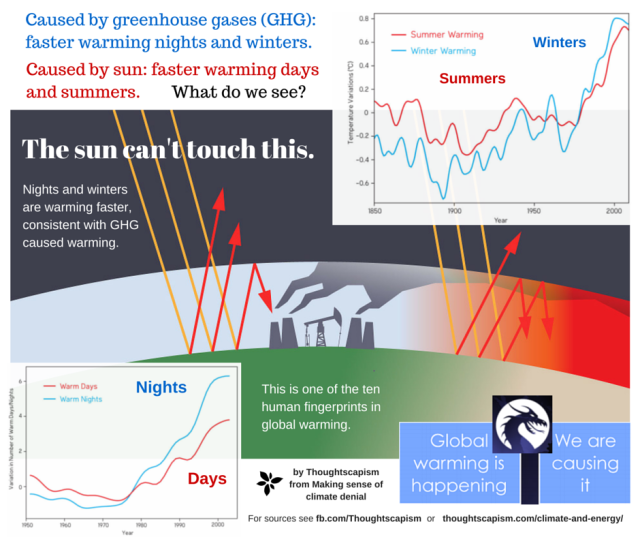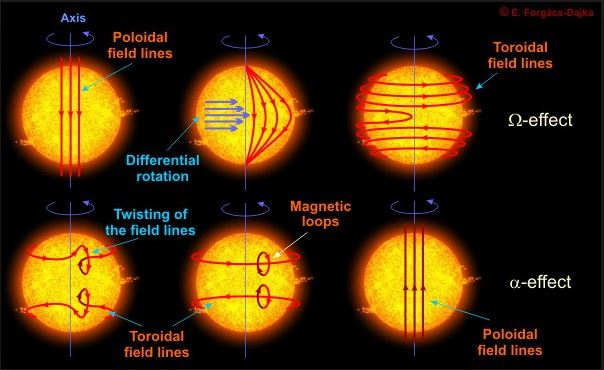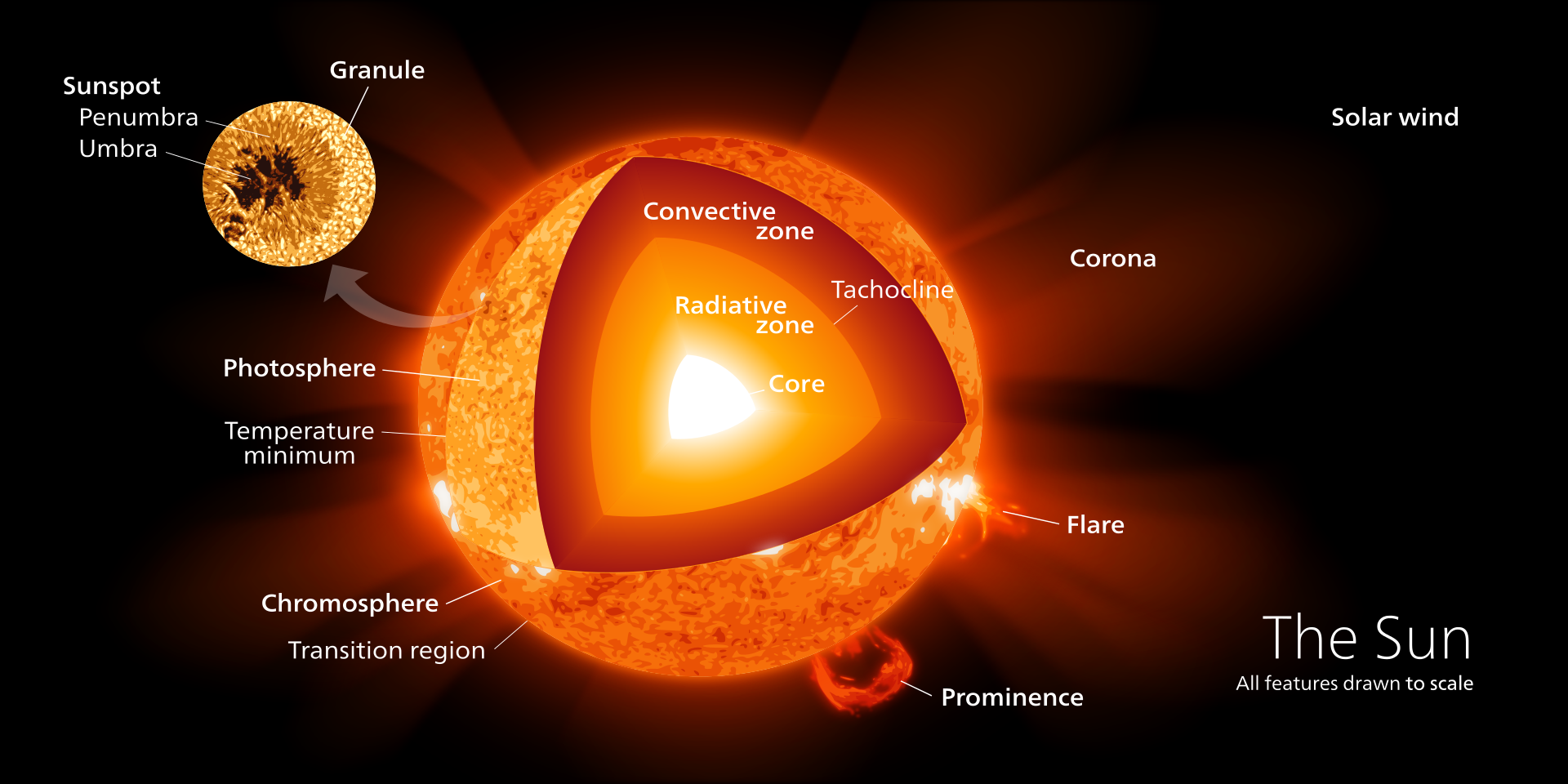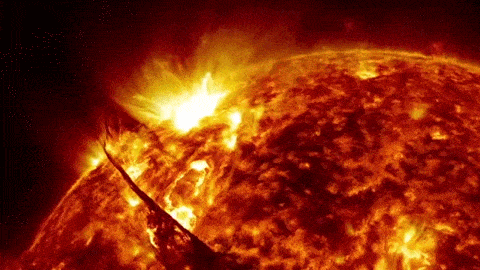No, Solar Variations Can’t Account for the Current Global Warming Trend. Here’s Why:
In part I of this series on the sun and Earth’s climate, I covered the characteristics of the sun’s 11 and 22 year cycles, the observed laws which describe the behavior of the sunspot cycle, how proxy data is used to reconstruct a record of solar cycles of the past, Grand Solar Maxima and Minima, the relationship between Total Solar Irradiance (TSI) and the sunspot cycle, and the relevance of these factors to earth’s climate system. In part II, I went over the structure of the sun, and some of the characteristics of each layer, which laid the groundwork for part III, in which I explained the solar dynamo: the physical mechanism underlying solar cycles, which I expanded upon in part IV, in which I talked about some common approaches to solar dynamo modeling, including Mean Field Theory. This installment covers how all of that relates to climate change and the current warming trend. (more…)




